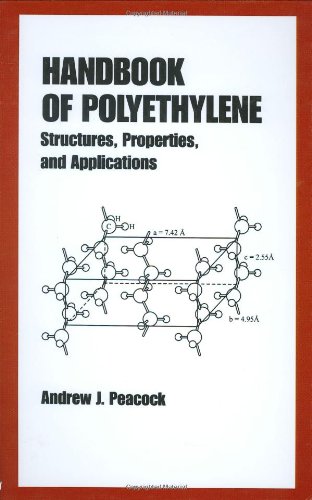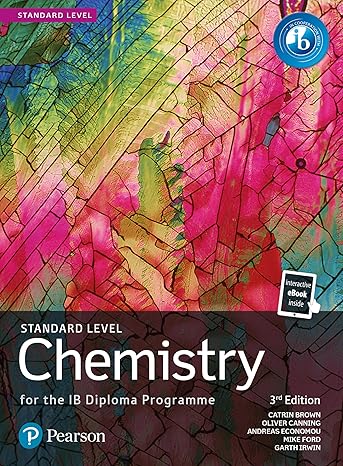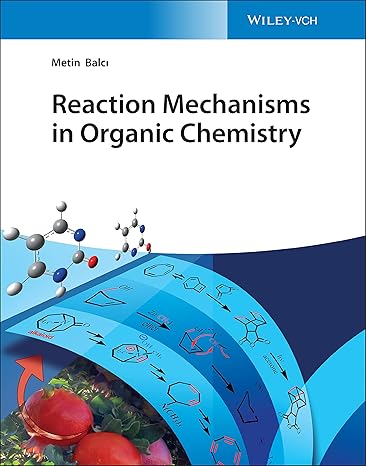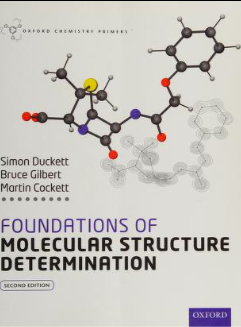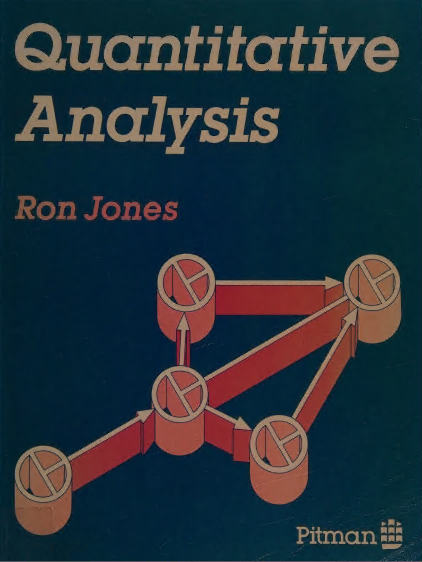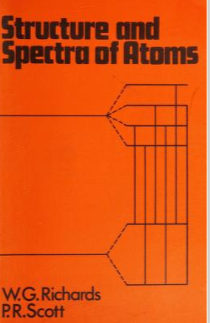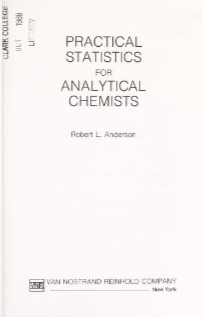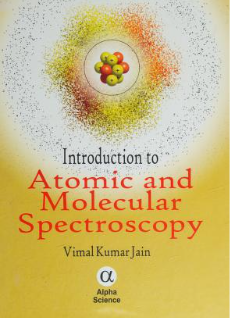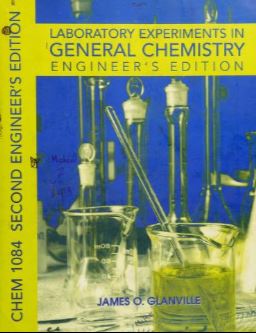In its simplest form a polyethylene molecule consists of a long backbone of an even number of covalently linked carbon atoms with a pair of hydrogen atoms attached to each carbon; chain ends are terminated by methyl groups. This struc�ture is shown schematically in Figure 1. Chemically pure polyethylene resins consist of alkanes with the formula C2nH4n�2, where n is the degree of polymerization, i.e., the number of ethylene monomers polymerized to form the chain. Unlike conventional organic materials, polyethylene does not consist of identical molecules. Polyethylene resins com�prise chains with a range of backbone lengths. Typically the degree of polymer�ization is well in excess of 100 and can be as high as 250,000 or more, equating to molecular weights varying from 1400 to more than 3,500,000. Low molecular weight polyethylenes (oligomers) with a degree of polymerization between 8 and 100 are waxy solids that do not possess the properties generally associated with a plastic. When the degree of polymerization is less than 8, alkanes are gases or liquids at ordinary temperatures and pressures. Polyethylene molecules can be branched to various degrees and contain small amounts of unsaturation.
چکیده فارسی
در سادهترین شکل آن، یک مولکول پلی اتیلن از یک ستون فقرات طولانی از تعداد زوج اتمهای کربن متصل به کووالانسی با یک جفت اتم هیدروژن متصل به هر کربن تشکیل شده است. انتهای زنجیره توسط گروه های متیل خاتمه می یابد. این ساختار به صورت شماتیک در شکل 1 نشان داده شده است. رزین های پلی اتیلن خالص شیمیایی از آلکان هایی با فرمول C2nH4n 2 تشکیل شده اند که n درجه پلیمریزاسیون است، یعنی تعداد مونومرهای اتیلن پلیمریزه شده برای تشکیل زنجیره. بر خلاف مواد آلی معمولی، پلی اتیلن از مولکول های یکسان تشکیل نشده است. رزین های پلی اتیلن دارای زنجیره هایی با طیف وسیعی از طول های ستون فقرات هستند. به طور معمول، درجه پلیمر بیش از 100 است و می تواند به 250000 یا بیشتر برسد، که معادل وزن مولکولی است که از 1400 تا بیش از 3500000 متغیر است. پلی اتیلن های با وزن مولکولی کم (الیگومرها) با درجه پلیمریزاسیون بین 8 تا 100، جامدات مومی شکلی هستند که خصوصیات عموماً مرتبط با پلاستیک را ندارند. هنگامی که درجه پلیمریزاسیون کمتر از 8 باشد، آلکان ها گاز یا مایع در دما و فشار معمولی هستند. مولکول های پلی اتیلن می توانند به درجات مختلفی منشعب شوند و حاوی مقادیر کمی غیر اشباع باشند.
ادامه ...
بستن ...
1. M Xanthos, A Patel, S Dey, SS Dagli, C Jacob, TJ Nosker, RW Renfree. Adv Polym Tech 13:231, 1994. 522 Chapter 10 2. P Breant. Makromol Chem Macromol Symp 57:353, 1992. 3. LT Pearson. In: PN Prasad, ed. Frontiers of Polymer and Advanced Materials. New York: Plenum, 1994. 4. R Pfaendner, H Herbst, K Hoffmann, F Sitek. Angew Makromol Chem 232:193, 1995. 5. G Mackey. ACS Symp Series 609:161, 1995. 6. JA Conesa, R Font, A Marcilla, AN Garcı´a. Energy & Fuels 8:1238, 1994. 7. G Menges, R Fischer, V Lackner. Int Polym Process 7:291, 1992. 8. R Lin, L White. J Appl Polym Sci 58:1151, 1995. 9. Y Ishihara, H Nanbu, T Ikemura, T Takesue, T Kuroki. Mater Life 2:238, 1990. 10. SJ Ng, H Seoud, M Stanciulescu, Y Sugimoto. Energy & Fuels 9:735, 1995. 11. C Mølgaard, L Alting. ANTEC ’94, p 3021. 12. J Graham, PJ Hendra, P Mucci. Plastics Rubber Compos Process Appl 24:55, 1995. 13. TQ Soler. Makromol Chem Macromol Symp 57:123, 1992. 14. RD Leversuch. Mod Plast 70:65, 1993. 15. C Llop, A Pe´rez. Makromol Chem Macromol Symp 57:115, 1992. 16. RD Leversuch. Mod Plast October 1993, p 17. 17. W Kaminsky. Angew Makromol Chem 232:151, 1995. 18. EO Fischer Angew Chem 22:620, 1952. 19. R Wilkinson, IM Birmingham. J Am Chem Soc 76:5072, 1954. 20. H Sinn, W Kaminsky. Adv Organomet Chem 18:99, 1980. 21. W Kaminsky, M Miri, H Sinn, R Woldt. Makromol Chem Rapid Commun 4:417, 1983. 22. AD Horton. Trends Polym Sci 2:158, 1994. 23. W Kaminsky. Macromol Chem Phys 197:3907, 1996. 24. JC Stevens. Stud Surf Sci Cat 101:11, 1996. 25. Plast News, July 22, 1996, p 10. 26. B Vernyi. Plast News, Sept 18, 1995, p 1. 27. P Layman. Chem Eng News, Jan 23, 1995, p 8. 28. Mod Plast, March 1995, p 13. 29. B Vernyi. Plast News, Mar 6, 1995, p 1. 30. RD Leversuch. Mod Plast, December 1994, p 26. 31. P Galli. Plast Rubber Compos Process Appl 23:1, 1995. 32. RD Leversuch. Mod Plast, August 1995, p 20. 33. B Veryni. Plast News, Oct 23, 1995, p 7. 34. R Colvin. Mod Plast, December 1995, p 21. 35. RD Leversuch. Mod Plast, January 1997, p 33. 36. J Scheirs, LL Bo¨hm, JC Boot, PS Leevers. Trends Polym Sci 4:408, 1996.
ادامه ...
بستن ...
